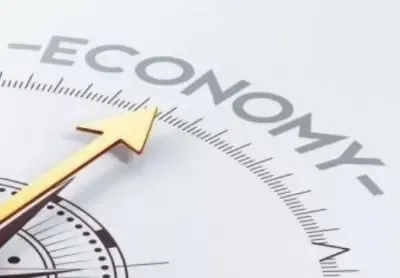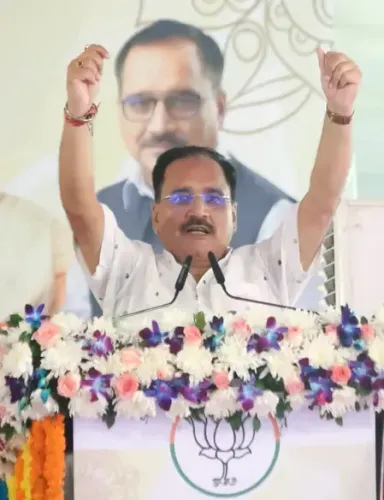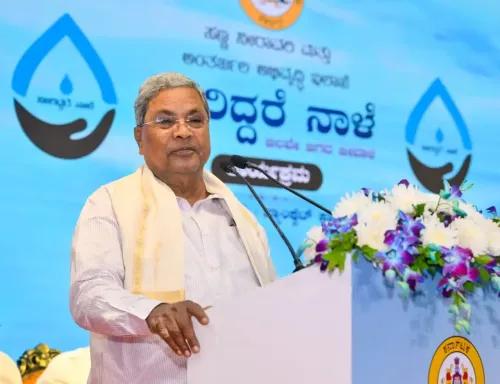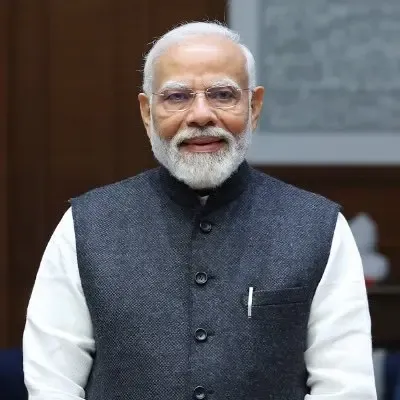Is India the Key Growth Engine of the World Economy?

Synopsis
Key Takeaways
- India is recognized as a critical growth engine for the global economy.
- Global growth is forecasted at 3 percent, lower than pre-pandemic levels.
- The World Bank has raised India's growth forecast for FY26.
- Strong private consumption and structural reforms are driving India's growth.
- Global resilience is yet to be fully tested amid ongoing challenges.
Washington, Oct 9 (NationPress) The Managing Director of the International Monetary Fund (IMF), Kristalina Georgieva, has praised India as a pivotal growth engine for the global economy, especially in light of evolving worldwide growth trends.
"The forecast for global growth stands at about 3 percent in the medium term, a decline from 3.7 percent prior to the pandemic. Over the years, global growth dynamics have shifted, particularly with China experiencing a steady deceleration while India emerges as a vital growth engine," noted the IMF chief.
These remarks from Georgieva were made just ahead of next week's annual gathering of finance ministers and central bank governors in Washington, alongside the World Bank and the IMF.
She highlighted that nations have implemented decisive economic strategies, the private sector has shown adaptability, and the US tariff disputes have turned out to be less damaging than initially anticipated.
Nevertheless, she cautioned that it is premature to celebrate, as global resilience has yet to face its ultimate test, with signs indicating that challenges may still arise.
"Indications suggest a world economy that has generally managed to endure significant strains from various shocks," Georgieva stated, referencing improved policy fundamentals, the flexibility of the private sector, lower-than-expected tariffs, and favorable financial conditions.
She pointed out that the US tariff rate has decreased from 23 percent in April to 17.5 percent currently, while the effective tariff rate of around 10 percent remains significantly higher than the global average.
Despite this progress, she warned that the comprehensive impact of these tariffs is still unfolding and that the resilience of the global economy remains untested.
In the meantime, the World Bank recently upgraded India's growth forecast for FY26 to 6.5 percent, up from 6.3 percent. India's GDP growth reached a five-quarter high of 7.8 percent in the April–June period.
The RBI has also revised its projection for India's GDP growth to 6.8 percent for 2025-26 from a previous estimate of 6.5 percent, attributing this to the implementation of several growth-enhancing structural reforms, including the streamlining of GST, which are expected to mitigate some adverse external impacts, according to Reserve Bank Governor Sanjay Malhotra.
He emphasized that India's GDP recorded robust growth of 7.8 percent in Q1:2025-26, driven by strong private consumption and fixed investments. On the supply side, growth in gross value added (GVA) at 7.6 percent was supported by a manufacturing revival and consistent service sector expansion.
Available high-frequency indicators point to ongoing economic resilience, with strong rural demand fueled by favorable monsoon conditions and vigorous agricultural activity, while urban demand is gradually recovering, the RBI Governor concluded.









